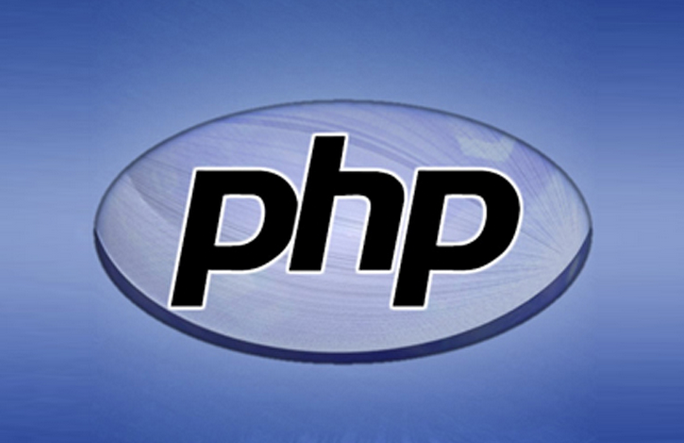PHP is currently the most widely used server-side scripting language used in website development globally. Mr. Rasmus Lerdorf has been credited as a father of PHP as in 1994 he originally wrote he wrote CGI binaries in C, which was being used to maintain his Home page. Thereby, he extended the same to have more communication with web form and database, eventually calling it the Personal Home Page. Hence, PHP initially stood for Personal Home Page.
Further work was done on PHP in terms of rewriting the core along with Andi Gutmans and Zeev Suraski, releasing an updated version of PHP in 1997 and changing the acronym formally to PHP: Hypertext Preprocessor. PHP v2.0 was officially released on 11th January 1997.
As, now there are more than 260 million websites which run on PHP and the number is continuously growing. In fact, PHP is currently used in one way or another in almost 80% of websites. Credit goes to the flexibility, speed, and versatility which it brings to a website. It is also among the easier languages to learn comparatively.
PHP being an open source is available under GPL (General Public License). As they say most great things in life are simple. PHP it is very powerful and at the same time, it is quite simple to learn. The fundamentals are based on C and C++ language. It can be used in all major operating systems like Microsoft Windows, Linux, Max OS X and so on.
Currently, the top 3 content management systems namely WordPress, Joomla, and Drupal are based on PHP. In terms of the development community, there are more than 5.2 million developers across the globe and this number is growing every day.
Some interesting websites which use PHP are Facebook, Yahoo!, Wikipedia, Flickr, WordPress, Friendster, Digg and iStockPhoto.
As narrated by php.net, PHP is a most popular general-purpose scripting language that is used especially in Web Development. It is fast, flexible and pragmatic to power everything from a simple blog to the largest social network in the world like Facebook.
